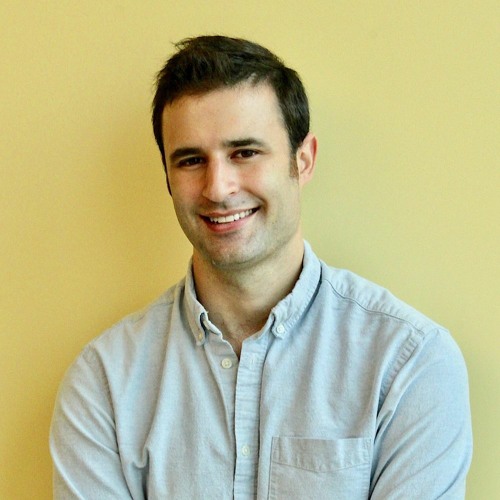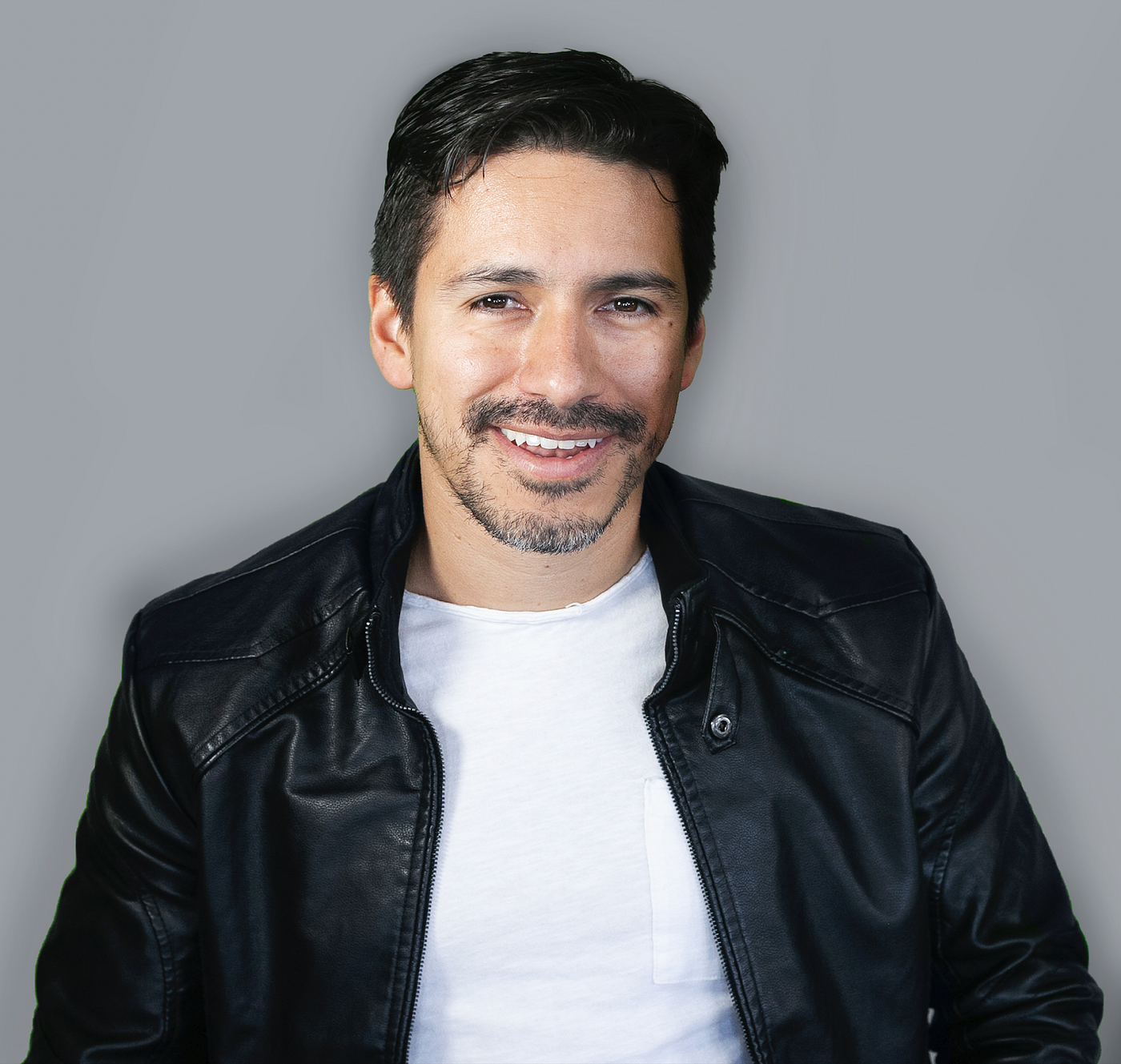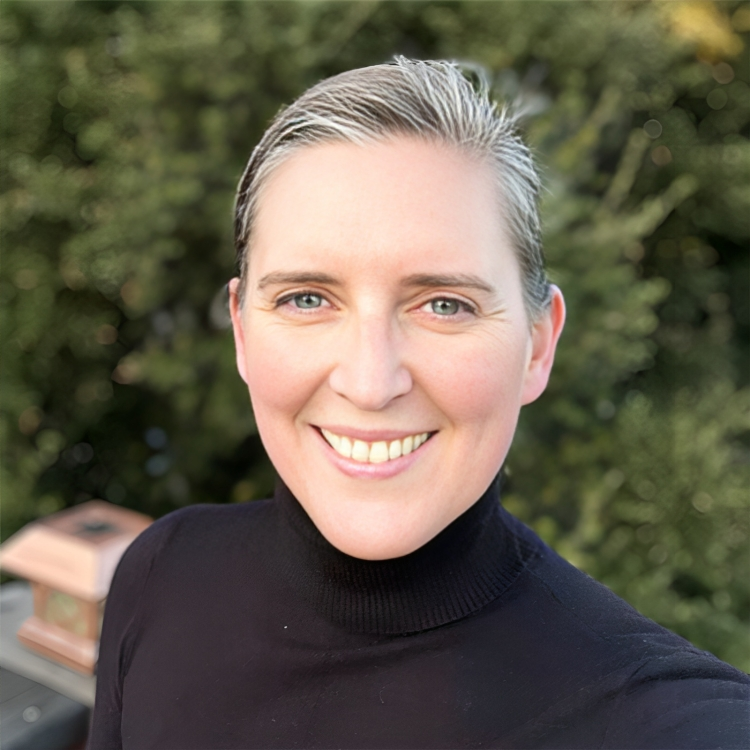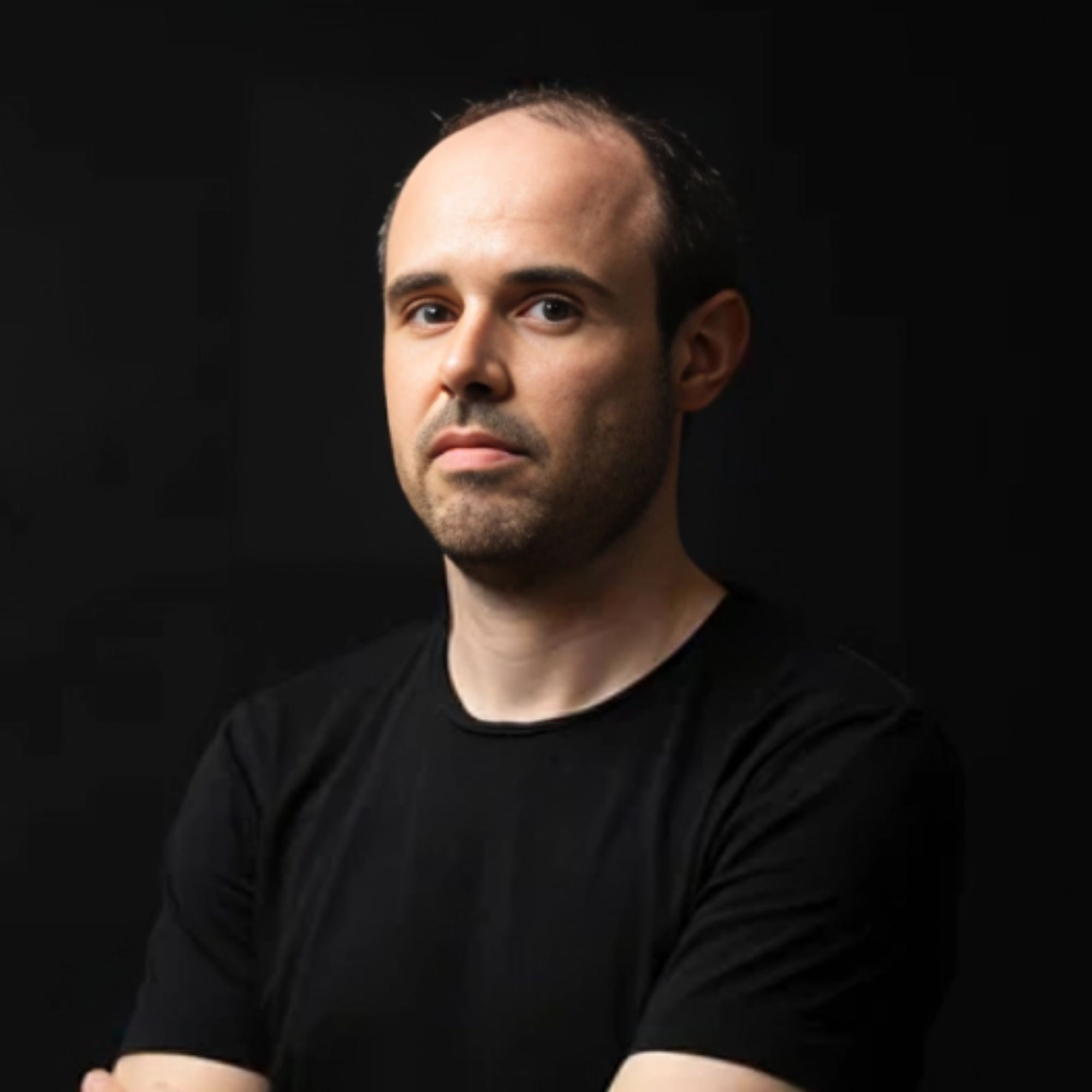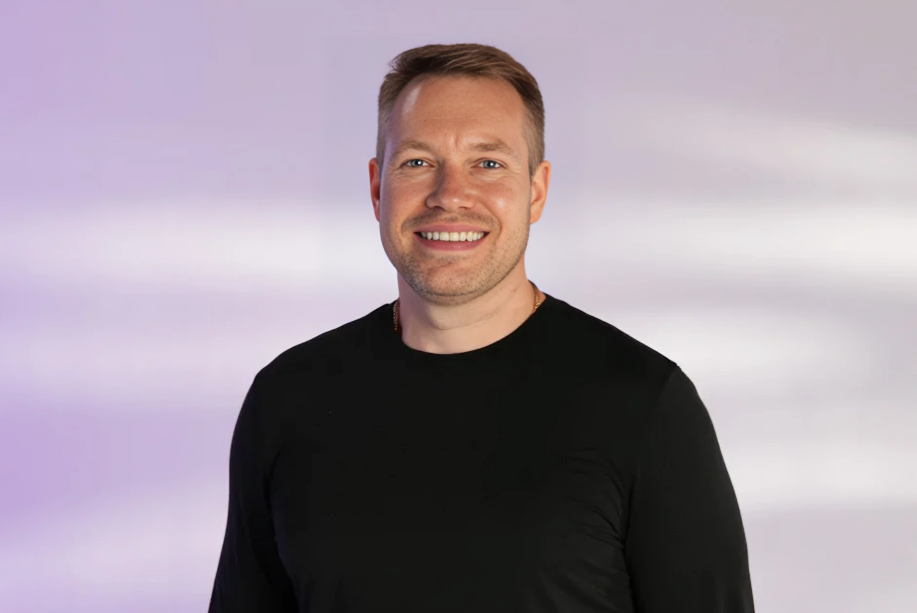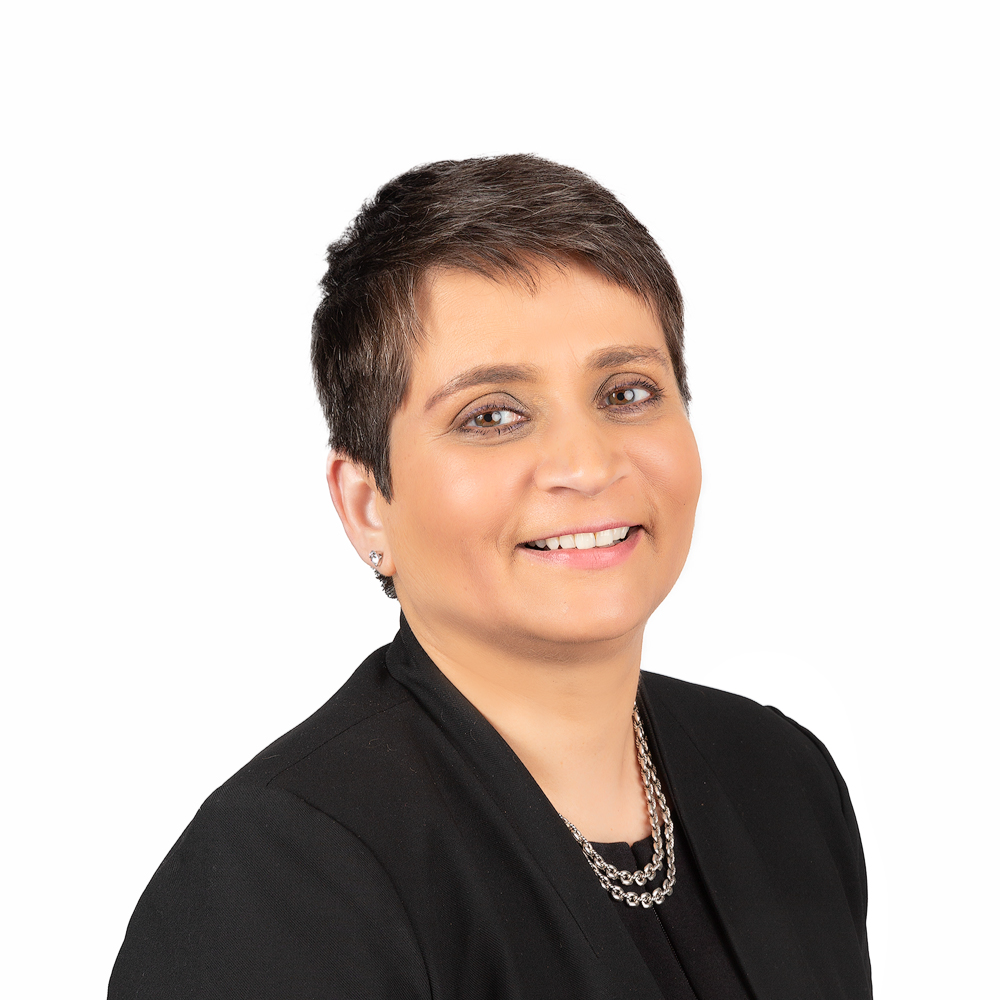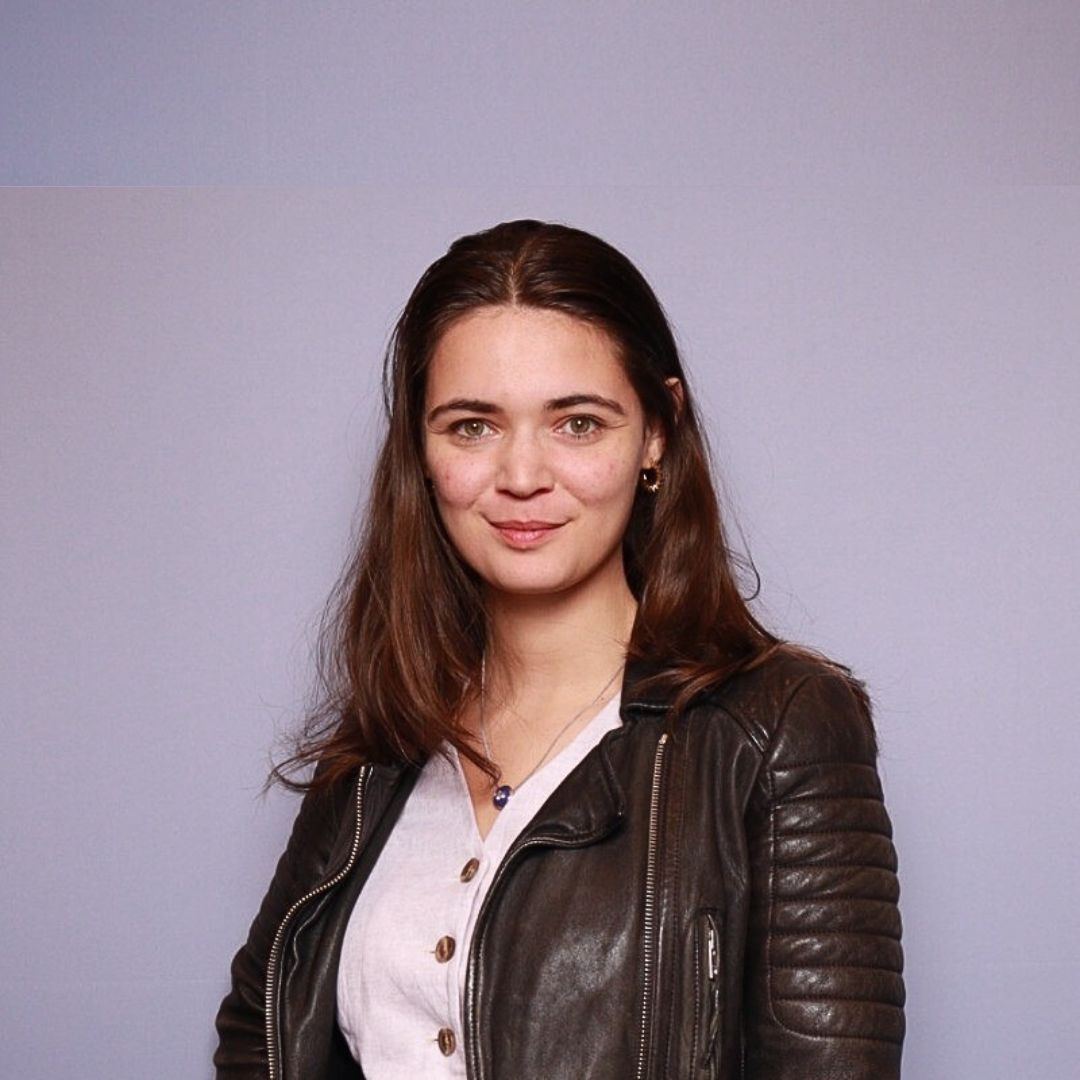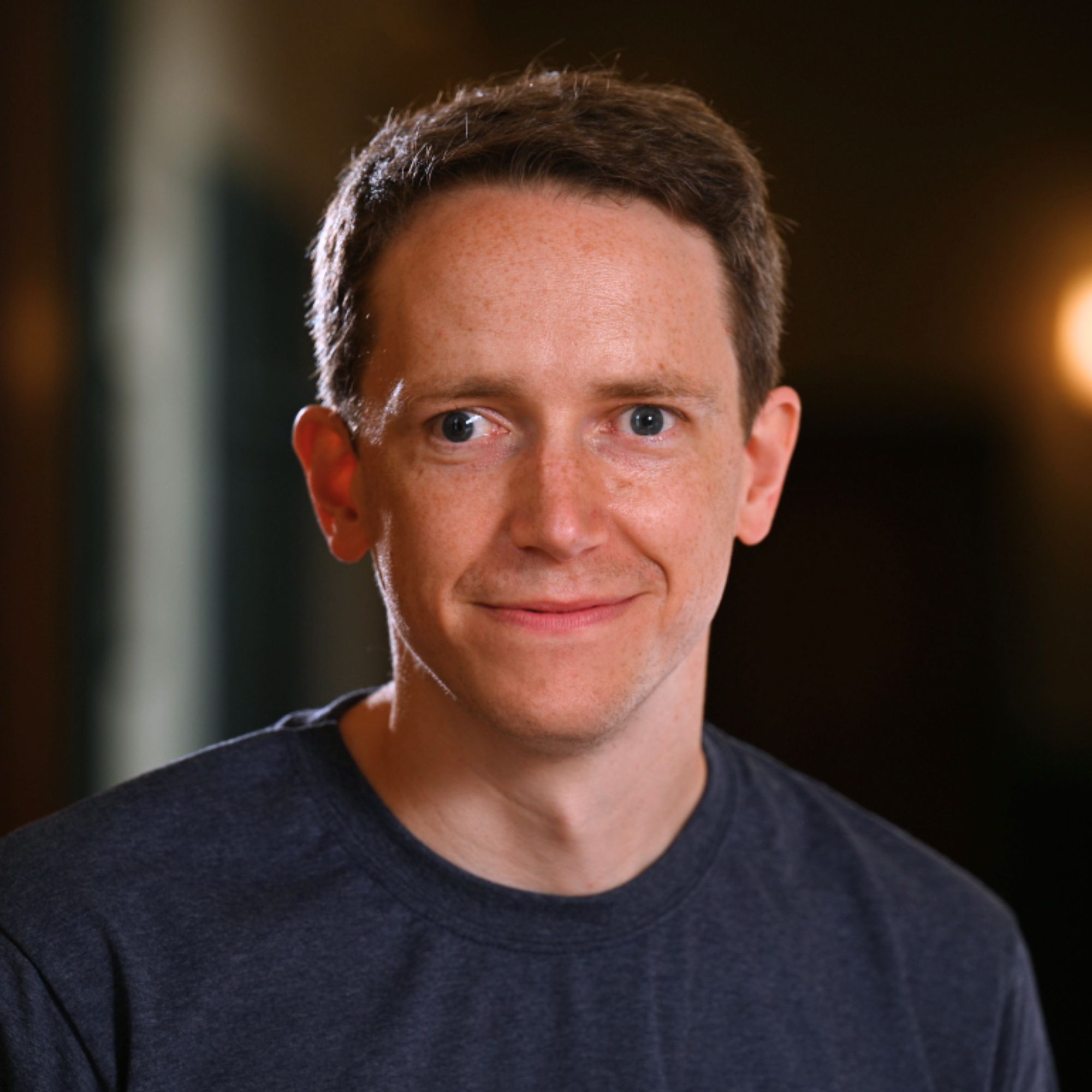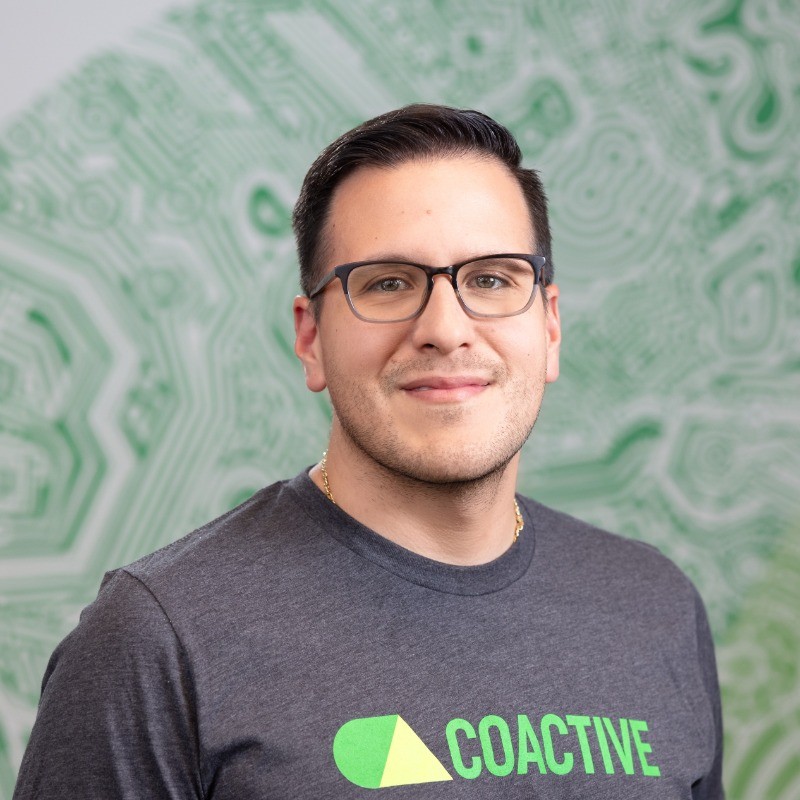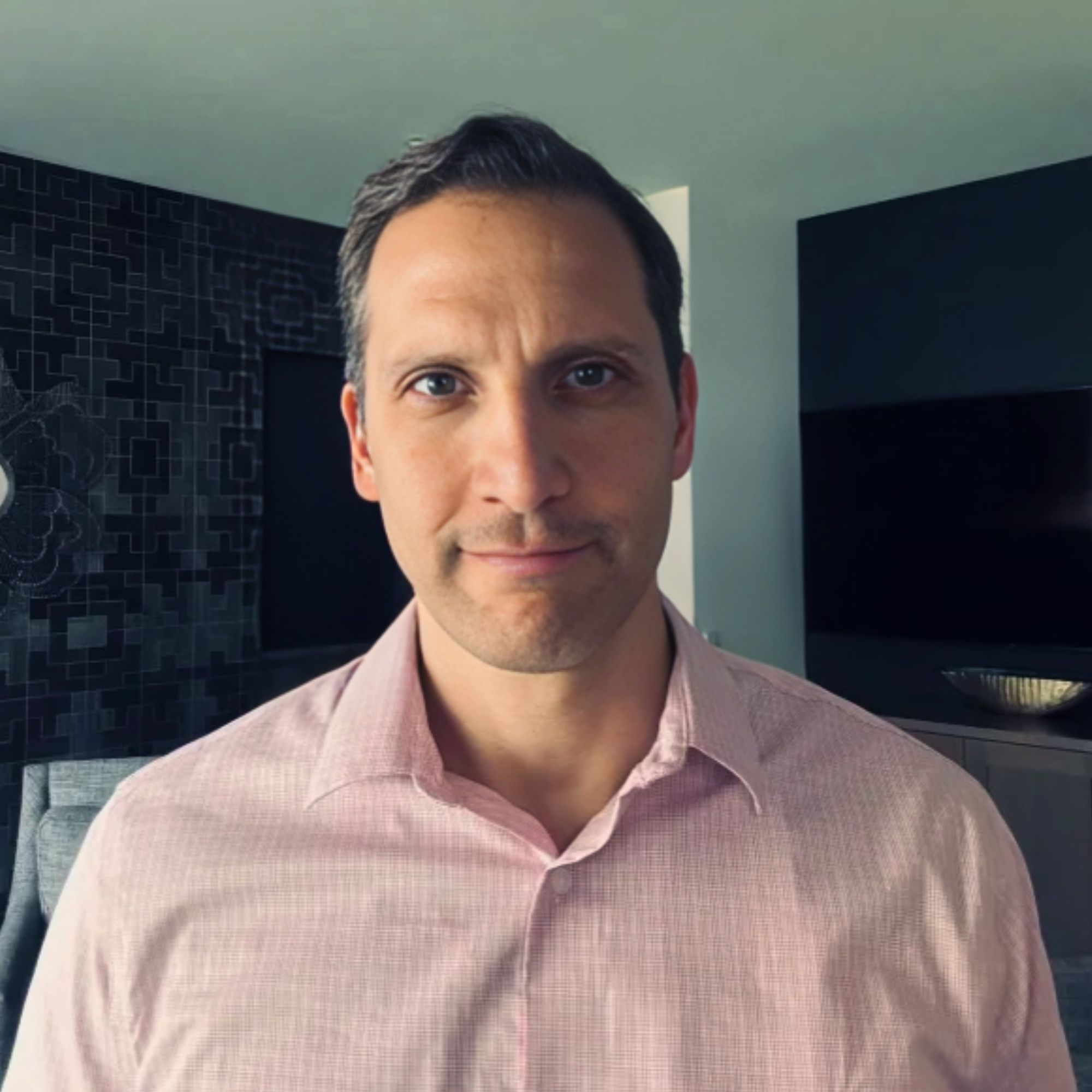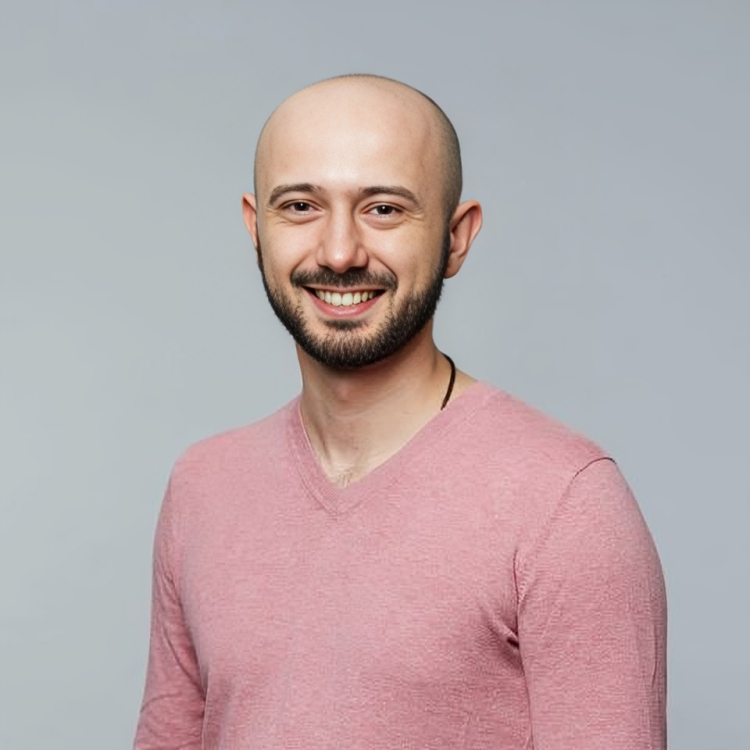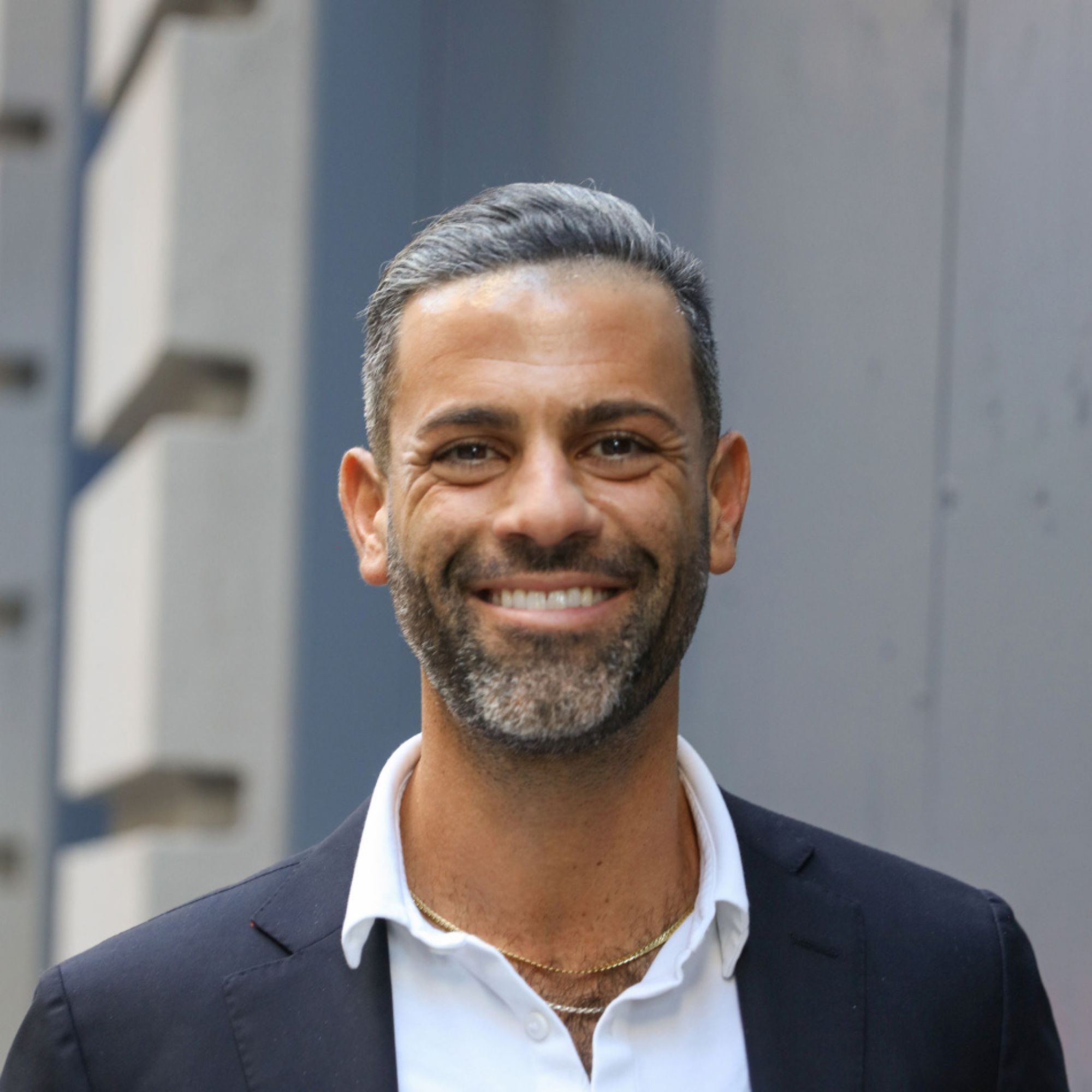Ready to build your own Founder-Led Growth engine? Book a Strategy Call
Frontlines.io | Where B2B Founders Talk GTM.
Strategic Communications Advisory For Visionary Founders
Conversation
Highlights
From Video Surveillance to AI Agents: How Spot AI Captured Legacy Demand to Build the Future of Physical Intelligence
Most B2B founders struggle with a fundamental question: do you create an entirely new category or capture existing demand and redirect it? For Sudarshan Bhatija, Co-Founder and COO of Spot AI, the answer was both—and the $93 million his company has raised suggests they got the sequencing exactly right.
In a recent episode of Category Visionaries, Sudarshan shared the tactical playbook behind Spot AI’s evolution from a simple camera management dashboard to a platform powering AI agents that monitor manufacturing floors, retail stores, and security perimeters across 1,100+ customers. The journey reveals how the most successful category transitions happen not through revolutionary disruption, but through strategic demand capture followed by customer-driven innovation.
The Zeitgeist Insight That Started Everything
The mid-2010s presented a fascinating contradiction. Consumer video was exploding—Nest sold to Google for $3.2 billion, Ring to Amazon for $1.2 billion—yet business video remained trapped in the surveillance paradigm. For Sudarshan and his co-founders, all with backgrounds in industrial businesses, this disconnect sparked a crucial insight.
“If people in the consumer world like video so much, how do people use video in businesses where there is a lot of value to visual context?” Sudarshan explained. “And if you care about your hundred dollar Amazon package on your front doorstep, don’t you care about your a hundred thousand dollars machine on your factory floor?”
The hypothesis was compelling, but the timing wasn’t quite right. AI capabilities were nascent, GPU performance was still improving year-over-year, and businesses weren’t ready for the full vision. So they started simpler: building what customers were actually searching for, then redirecting them to what they actually needed.
The Category Capture Strategy
Spot AI’s early go-to-market approach reveals a sophisticated understanding of category evolution. Rather than trying to create demand for a non-existent category, they captured existing demand and gradually educated customers about superior possibilities.
“What was happening at that time in the market was a lot of video surveillance technology was very dated and they had all these different camera systems at different locations, and they just wanted a simple, Easy to use YouTube like Dashboard to unify all their cameras,” Sudarshan recalled.
Their first 10 customers were looking for video surveillance solutions. But through organic search optimization, Spot AI dominated Google results for these legacy terms while converting visitors with messaging around video intelligence and operational insights.
The strategy worked because, as Sudarshan explained, “The customer is still married to the old category and starts looking for that, but the subset of customers that wants more” responds to superior value propositions. This approach allowed them to scale to their first thousand customers without having to create category awareness from scratch.
Building the Customer Intelligence Engine
As Spot AI grew, they made a crucial investment that would define their expansion strategy: building customer experience as a revenue intelligence engine. With 1,100+ customers today, they “invested very early on in building a customer experience function that served as a very good listening engine for our customers and being in touch with what they were asking for.”
This wasn’t just customer support—it was systematic demand sensing. As Sudarshan described, “As the latest and greatest in AI was coming out and we spent a lot of time internally figuring out how we could apply that, we kept our customers very closely in the loop. And for the most part, customers will tell you, yeah, if you build this, I’m going to buy it from you.”
The listening engine became their primary growth driver. Instead of forcing expansion into new markets, they let customer demand pull them upmarket: “Customers proactively pulling us into higher value use cases, pulling us up market, and basically the demand has already been created and we’ve been responding to that.”
The AI Inflection Point
The transformation from video intelligence to video AI agents wasn’t planned—it was pulled from them by market demand. As AI capabilities inflected, particularly in recent years, every boardroom conversation began including the question: “What are we doing about AI?”
“What we’re seeing is these teams are responding by outlining their biggest problems and looking for solutions to those,” Sudarshan explained. Spot AI was perfectly positioned to answer this question for physical world applications.
Their current AI security agent exemplifies the evolution. Instead of requiring human security guards to monitor multiple screens, “AI can look at hundreds at the same time and it can act as if you were there so that the person involved can be focused more on higher leverage activities and be more proactive than react.”
The technology can now “control a loudspeaker, control lights, and talk to the person like a real person with all the context, and deter them from committing a crime.” The result: “90% of the time, the incident gets diffused without having to call the cop.”
Marketing for Humans, Not Companies
Despite serving enterprise customers, Spot AI’s marketing philosophy centers on a fundamental insight: “You’re selling to a business, but you’re actually selling to a person.”
This human-centric approach shapes everything from their content strategy to their hiring philosophy. Sudarshan emphasized the importance of authenticity over polish: “I feel like marketing has a way of being very manicured and sort of almost artificially refined. But I think probably one of the better part. One of the silver linings of the COVID pandemic was that it became okay for marketing to be a lot more real.”
Their marketing team hiring strategy reflects this philosophy. Rather than prioritizing resume credentials, they focus on what Sudarshan calls “can do” over “has done”: “People who have the right bent of mind, the marketing bent of mind, but just have really high horsepower and the ability to learn really fast and are deeply, you know, take strong ownership of their outcomes, tend to be a lot more successful than just somebody with a resume.”
The Product-Marketing Integration
One of Spot AI’s most interesting innovations is embedding product thinking throughout their marketing organization. “Product thinking is something that is very useful thing in a technology company no matter what function you’re in,” Sudarshan explained.
Marketing team members with “deep understanding of customer value and can think through how that can be productized” deliver superior results because they “talk to customers a lot” and can “deliver new insights to the business” beyond traditional marketing metrics.
This integration allows their marketing team to function as an extension of product development, turning customer conversations into business intelligence and new product opportunities.
The Physical AI Vision
Looking ahead, Sudarshan sees Spot AI as part of a broader transformation toward physical AI. “We’ve seen many jobs today be augmented by AI agents, you know, that are digital jobs support customer success, sales SDRs are all on screen jobs. There are a variety off screen jobs that require visual context that can be augmented and automated.”
The company’s current focus on security guards and production managers in manufacturing is just the beginning. “Over time that’s extending to retail, it’s extending to safety and many other physical world jobs.”
The ultimate vision involves AI agents with full physical capability: “With cameras, you’re giving AI eyes. AI always had the brains and you know, these large language models are trained on very large amounts of data. But now you’re giving it eyes. You’re allowing it the ability to understand physical context. Where it’s going next after that is getting hands and legs and being able to interact with different systems in the physical world.”
Lessons for Category Builders
Spot AI’s journey offers several key insights for B2B founders navigating category evolution:
- Start with demand capture, not demand creation. Rather than trying to educate an entire market about a new category, capture existing demand for legacy solutions and gradually redirect customers to superior alternatives.
- Build systematic customer listening. Invest early in customer experience functions that serve as revenue intelligence engines, letting customer demand pull you into higher-value applications.
- Hire for horsepower over credentials. Particularly in marketing, prioritize learning velocity, ownership mentality, and intellectual curiosity over traditional experience markers.
- Market human-to-human even in enterprise. Authentic, conversational marketing outperforms polished corporate messaging because every business purchase ultimately involves individual decision-makers.
- Embed product thinking across functions. Marketing teams with deep customer value understanding can deliver insights beyond traditional metrics, turning customer conversations into business intelligence.
Spot AI’s evolution from video surveillance to video AI agents demonstrates that the most successful category transitions don’t require revolutionary disruption. Instead, they require strategic patience: capturing existing demand, building customer intelligence systems, and letting market evolution pull you toward the future rather than forcing it.
As physical AI becomes reality, companies like Spot AI—those that master the art of category evolution rather than category creation—will likely define the next decade of B2B innovation.
Actionable
Takeaways
Capture existing demand and redirect to your category:
Spot AI initially targeted customers searching for "video surveillance" but converted them by demonstrating superior value in video intelligence and operational insights. Sudarshan explained that customers "are still married to the old category and starts looking for that, but the subset of customers that wants more" responds to messaging around deeper insights and operational outcomes. B2B founders should identify customers searching for legacy solutions who are actually underserved by existing categories and ready for innovation.
Let customer demand pull you upmarket and into new use cases:
Rather than forcing expansion, Spot AI allowed existing customers to drive their evolution into higher-value AI agent applications. Sudarshan noted, "customers proactively pulling us into higher value use cases, pulling us up market, and basically the demand has already been created and we've been responding to that." B2B founders should build strong customer listening mechanisms and let proven demand from existing customers guide product development and market expansion.
Build an early organic acquisition engine around category transition:
Spot AI captured significant early growth by ranking for legacy category searches while converting visitors with next-generation messaging. They "built an organic strategy on Google to be able to acquire a lot of these leads" searching for video surveillance but presented solutions for video intelligence. B2B founders in evolving categories should dominate SEO for legacy terms while using landing pages and demos to educate prospects about superior alternatives.
Hire marketing talent based on "can do" over "has done":
Sudarshan emphasized that marketing success comes from "the ability to learn really fast and are deeply, you know, take strong ownership of their outcomes" rather than just experience. He found that "people who have the right bent of mind, the marketing bent of mind, but just have really high horsepower" outperform resume-based hires. B2B founders should prioritize intellectual curiosity, ownership mentality, and learning velocity when building marketing teams.
Develop authentic, customer-centric marketing that speaks human-to-human:
Spot AI's marketing philosophy centers on "focusing all our efforts on high value customer outcomes" and "authenticity" rather than "manicured" corporate messaging. Sudarshan noted that even in B2B, "you're selling to a business, but you're actually selling to a person." B2B founders should embrace authentic, conversational marketing that addresses real customer problems rather than polished but generic corporate communications.










